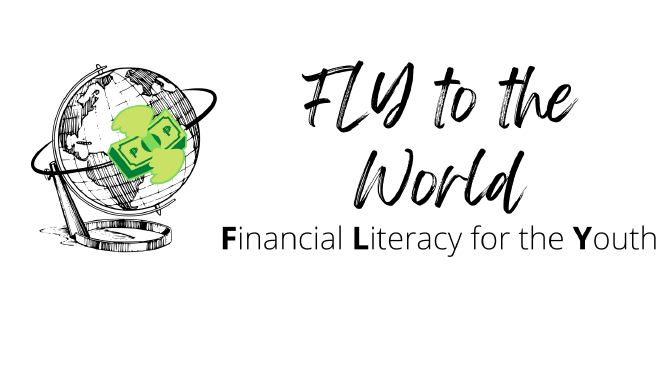What is Short Selling?
By Max Grinold
What is Short Selling?
At a high-level, short selling is the act of profiting from a decrease in the price of a stock. This is done by borrowing shares of a stock, selling them in the open market, waiting for a drop in price, then purchasing the shares back at a lower price and returning them back to the firm that you borrowed the shares from. While short selling may be complex to understand at first, let’s run through an example with a simple commodity like rice.
Step 1: Conviction
Based on my research, I believe that the price of rice is going to drop this year. Let’s say that due to climate conditions in the previous year, there was a lower output of rice, and this lower supply caused the price of a standard bag of rice to increase. However, I predict that this year climate conditions will improve. Because of this improvement in climate conditions, I believe that there will be a larger output of rice this year, and this increase in supply will push down the price of a standard bag of rice in the market.
Step 2: Borrowing and Selling
Since I believe that the price of rice will decrease, I go to one of my friends who sells bags of rice and ask to borrow 100 bags of rice. My friend agrees under the terms that I return these bags of rice and pay him a small borrowing fee of $5 for each month that I still owe him the bags. I agree to his terms, borrow the bags of rice, and sell the 100 bags right away for the current $20 market price. As of now, I’ve pocketed $2,000. However, I still need to return these bags of rice to my friend!
Step 3: Repurchasing and Returning
Knowing my obligation to return the 100 bags of rice, the monthly borrowing fee, and sticking with my market prediction, I wait 6 months for the price of rice to drop. At the end of these 6 months, it turns out I was right! The supply of rice drastically increased this year, which pushed the market price down to $15 a bag. I then go to the open market and re-purchase the 100 bags of rice that I have to return to my friend by next month, for a total of $1,500. I then go to my friend and return these 100 bags of rice, with $470 in profit accounting for the borrowing fee.
Wrapping It All Together
It is important to understand the risks of this strategy. Say I borrowed and sold the bags of rice and the price actually went up! I would then have to go back to the market and re-purchase this rice for a higher price than I originally sold them for, causing me to lose money. While this example is rather simple and straightforward, the firms that short stocks often have much more complex strategies, risk models, and terms that govern these transactions. Investors who engage in short selling must be actively prepared for scenarios that may cause volatility in the prices of the stocks that they are borrowing. Hopefully, this example has de-mystified a sometimes enticing concept, and you can walk away with more knowledge about the short-selling process!
Sources:
